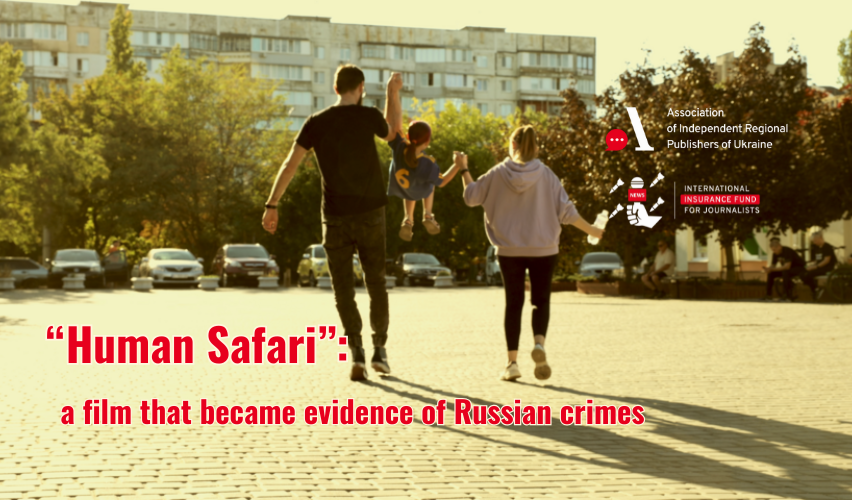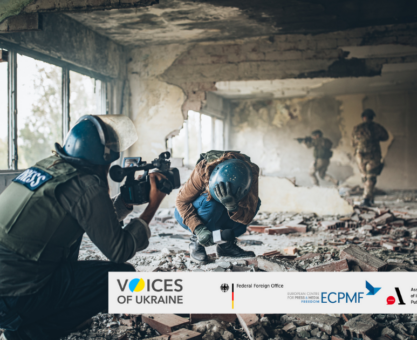Journalist and filmmaker Zarina Zabrisky on daily work in a frontline city, the challenges of documenting crimes, and the strength of the team.
Journalism in Ukraine—especially in frontline areas—is no longer just about informing and reporting. It’s about documenting crimes, preserving testimony, and fighting for the truth that may serve as evidence in international courts. That’s why we speak with those working in the most dangerous parts of Ukraine—to better understand what journalism under fire looks like, what helps them endure, and why their work is more than just reporting.
Today’s conversation is with American journalist and filmmaker Zarina Zabrisky, who works in Kherson documenting Russian war crimes. In the first part of the interview, read about the making of the film Kherson: Human Safari; in the second, about the daily work in frontline Kherson, the challenges, difficulties, and achievements along the way.
Today, November 11, 2025, on the third anniversary of Kherson’s liberation, the documentary Kherson: Human Safari will premiere on MEGOGO, Freedom, Dom, and Current Time. The film will also be available on YouTube and platforms like Kyivstar TV, Sweet TV, YouTV, OTT Club, and Ukrainske TV. As the team says, “Alongside the new UN report on drone attacks, Angelina Jolie’s visit to Kherson, and President Zelenskyy’s anti-drone defense program for the city, the wide free release of the film will help raise awareness among Ukrainians and support Kherson. For the film’s director, Zarina Zabrisky, the date is also personal—it was exactly three years ago that she first arrived in Kherson.”
Zarina Zabrisky is an American journalist and producer working in a frontline city, documenting Russian war crimes. We spoke with Zarina about how the film came to be, what inspired it, and how journalism can change the world.
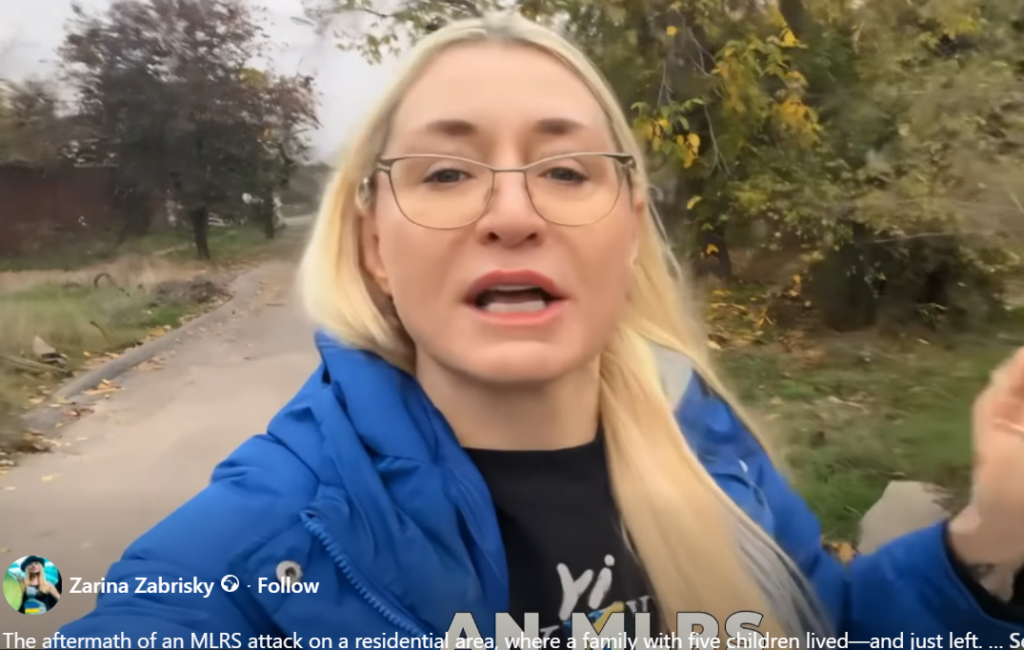
— One example is the “human safari” drone campaign launched by Russians in summer 2024. It was difficult to expose this story because the healthy human psyche resists accepting such horrific reality. Realizing that one person can hunt another causes moral trauma. The natural defense is denial.
Telling the story meant gathering evidence, interviewing victims and survivors of drone attacks, filming and photographing the attacks and their aftermath. After three months of daily work, we had enough material to convince editors at major outlets to publish the story.
Three more months of continuous reporting later, the UN Commission of Inquiry on Ukraine and Human Rights Watch launched their own independent investigations. Both concluded that drone attacks on civilians constitute war crimes and crimes against humanity. By November 2025, the UN had released three reports, expanding the investigation along 300 km of the Dnipro River and into three regions—Kherson, Dnipropetrovsk, and Zaporizhzhia—and including the deportation of Ukrainians from occupied territories. The conclusion: this is a state-planned and executed Russian campaign to depopulate Ukraine—a crime against humanity.
If the International Criminal Court accepts this report, it could launch further investigation and eventually issue an arrest warrant for Putin. As such warrants accumulate, his ability to travel narrows, and eventually, some brave country might arrest him—it’s a rather fantastical scenario, I don’t believe in it, but technically it’s possible.
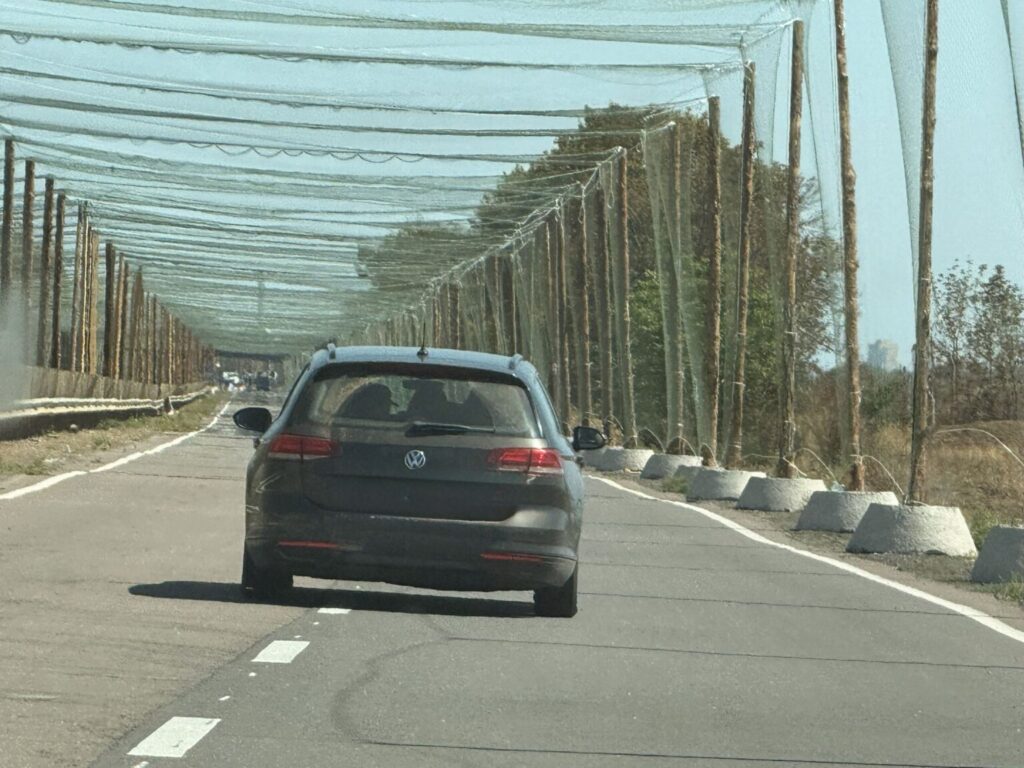
Moreover, when these reports and journalistic investigations gain traction in the information space, public opinion forms. That’s a powerful weapon. In October, a public demonstration took place in Edinburgh with posters reading “People Are Not Targets.” Marches and mass protests around the world can influence political decisions about closing the skies.
The newly established European tribunal is also set to review this report. Additionally, European countries are considering changes to laws governing warfare with drones.
So, journalistic investigations can lead to significant change. We are on that path.
— Zarina, tell us how you worked on Kherson: Human Safari—amid trauma, danger, and distrust.
— It took me a year to assemble a great team—and that’s the most important thing in filmmaking. I’m endlessly grateful to our cinematographer, editor, and co-author Artem Tsynskyi—editor at Suspilne Odesa, a professional filmmaker and theater director.
With such professional and talented people, anything is possible. Our team is passionate about Kherson, Ukraine, cinema, and people. With Oleksandr Andriushchenko, we’ve gone through fire so many times I’ve lost count. Just a few days ago, he ran to the set under shelling. Artem and I edited while Shaheds flew past the window in Odesa.
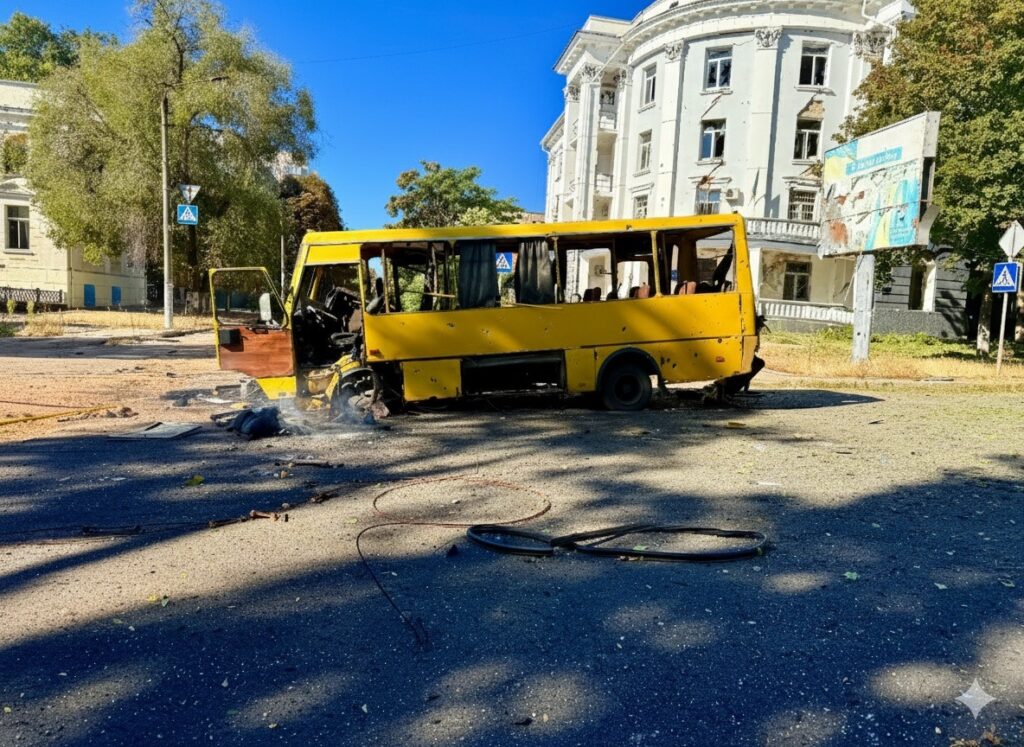
The process itself is a constant discovery: observing people’s lives, getting to know them deeply, building friendships, and turning that into a film. It feels more like life than filming.
I’m deeply grateful to our main sponsor—writer and travel photographer Tania Amochaeva from San Francisco. Her aunt was born in Kherson before 1917, and in her memory, Ms. Amochaeva funded 80% of the film’s budget. The rest came from people who wanted to support Kherson and share the truth with the world. Thanks to their generosity, we completed post-production without any financial obligations.
So we were able to release the film for free global access. It can be viewed without registration or payment at www.khersonhumansafari.com. The film has already premiered worldwide. Within three months of release, volunteers translated it into many languages—in the US, France, Germany, Latvia, Australia, Estonia, and soon in Spain.
On November 11, the third anniversary of Kherson’s liberation, the film will be released on MEGOGO, Freedom, Dom, and Current Time.
— What helped you build trust?
— Kherson residents are open and hospitable if you’re sincere. They’re direct, unsentimental, and have a sense of humor. We all share one goal—to save Kherson and defeat the Russian aggressor—so it’s easy to find common ground.
— What was most important to you in making this film? What goal did you set—as an author, as a person?
— My goal as a journalist is very simple and clear: to show the world Russian war crimes, Ukrainian resistance, and heroism—so that the international community and political leaders take concrete action to stop the destruction of Kherson, and so that all of this is documented for future tribunals.


The film is my tool to achieve this goal—just like articles and reports. Our team is already working on the second film in the trilogy.
***
Read more about Zarina Zabrisky’s daily work in Kherson in the second part of the interview.
Important reminders: Insurance and safety training
The Association of Independent Regional Press Publishers of Ukraine has extended its insurance program for Ukrainian journalists, fixers, camera operators, photographers, and editors working in high-risk zones. The initiative is part of the International Fund for Journalists’ Insurance (IFJI), implemented in partnership with Ukrainian and European organizations.
Also read: Attention, colleagues! Registration open for insurance for Ukrainian journalists
New insurance terms:
• Up to $100,000 in coverage
• No limits on insured days or team members
• Priority for those who have completed safety or first aid training
Eligible applicants: media workers in Kherson, Zaporizhzhia, Sumy, Mykolaiv, Donetsk, Luhansk, Odesa, Kharkiv, and Dnipropetrovsk regions, and border areas of Kyiv and Chernihiv regions.
Registration opened on November 1. Details available on the IIFJ website. Apply here.
Also, a reminder: registration is open until November 15 for the safety training to be held December 3–4 in Lviv.
The program includes:
• First aid for respiratory and cardiac arrest
• Response to severe bleeding before medics arrive
• Maximum hands-on practice, real-life scenarios, clear instructions
Training is conducted by certified instructors from the Ukrainian Resuscitation Council—representatives of the European Resuscitation Council (ERC) and the European Society for Emergency Medicine (EUSEM).

The IIFJ project and safety training series are implemented by the Association of Independent Regional Press Publishers of Ukraine with partners. The initiative is part of the “Voices of Ukraine” program coordinated by the European Centre for Press and Media Freedom (ECPMF). “Voices of Ukraine” is implemented under the Hannah Arendt Initiative and funded by the German Federal Foreign Office.
